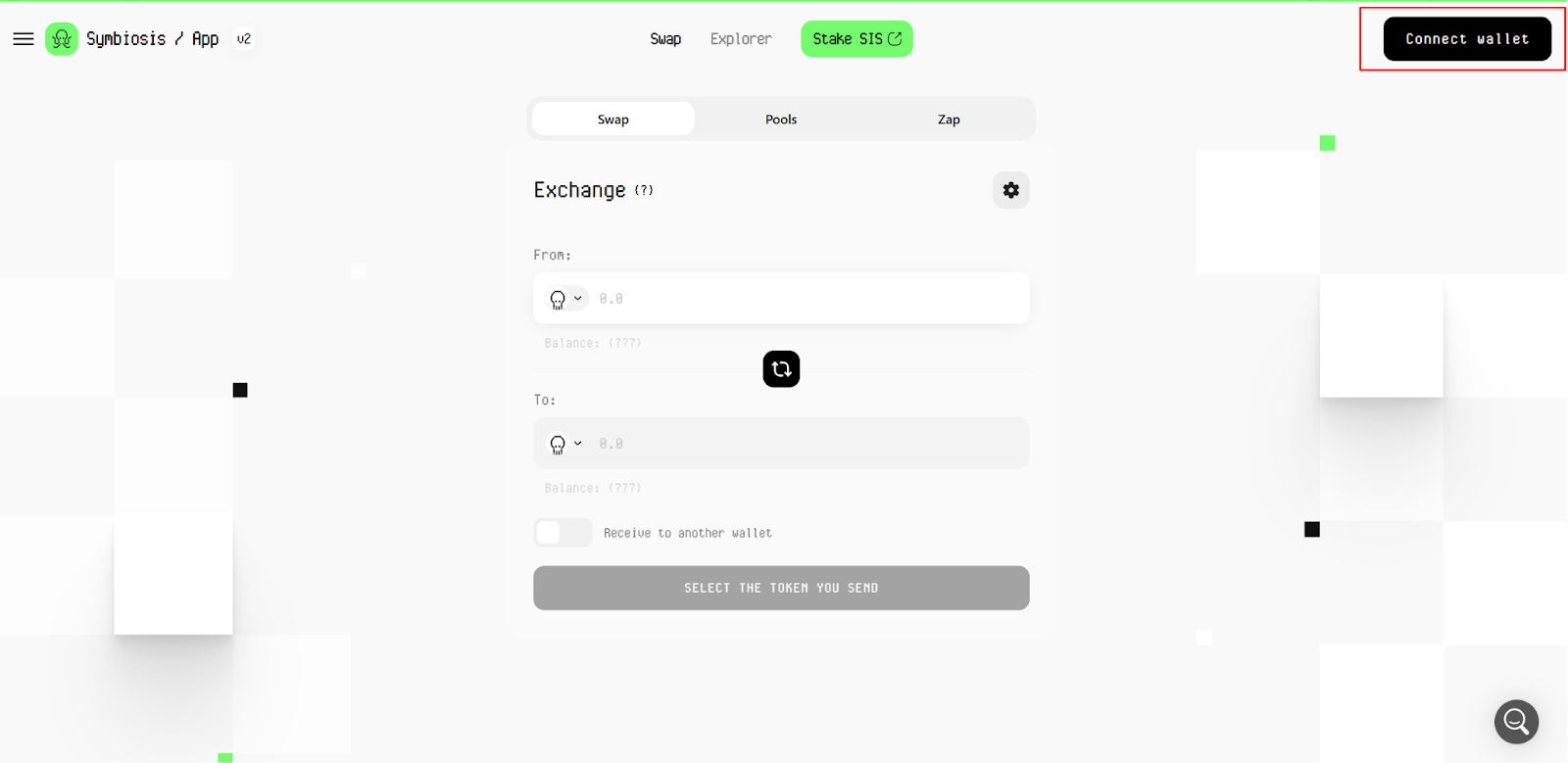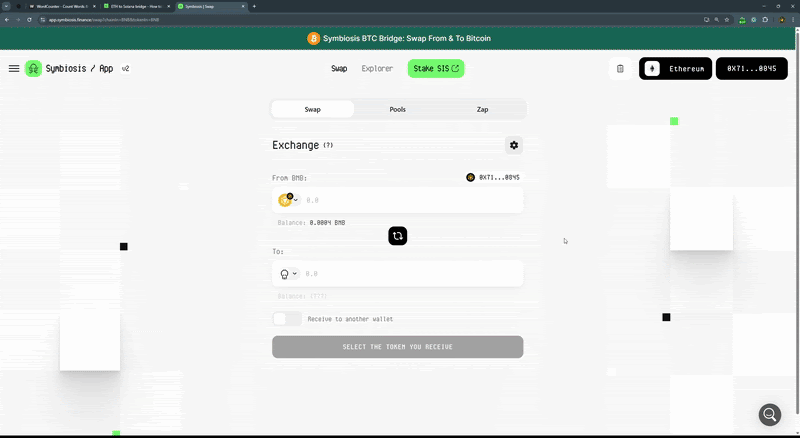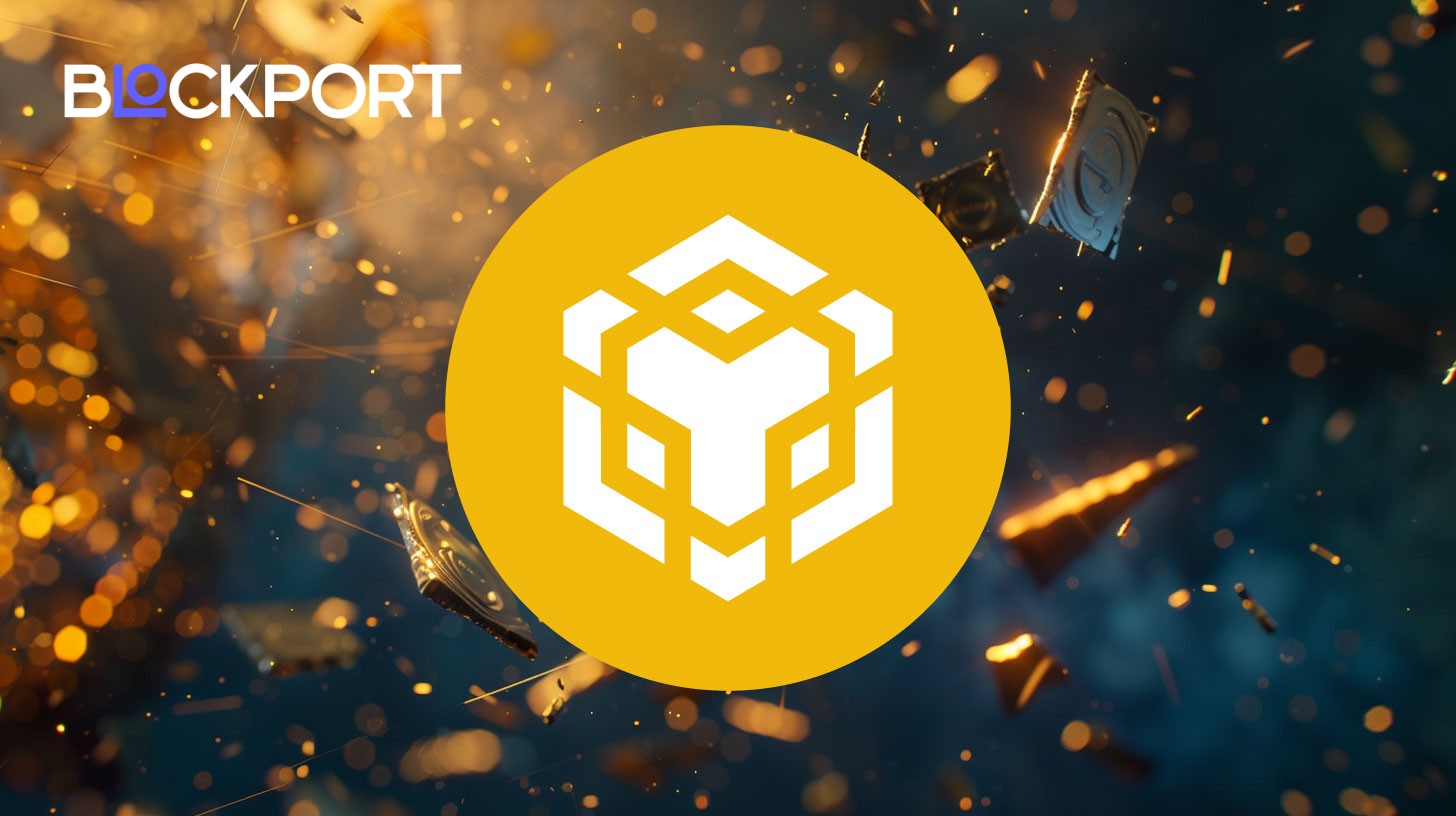How to Bridge ETH to Base and Unlock Layer 2 Efficiency

Learn how to bridge ETH to Base in minutes. Explore step-by-step instructions, top platforms, and tips to save on gas fees.
Ethereum remains the backbone of the decentralized world, but its high gas fees and network congestion often push users to seek faster and cheaper alternatives. This is where Base, a Layer 2 solution developed with scalability in mind, comes into play.
In this guide, you’ll learn how to bridge ETH to Base using trusted tools and platforms. We’ll break down the process step by step, highlight the best bridge options, and explain why Layer 2 networks like Base are becoming essential for everyday crypto activity.
How to Transfer Tokens onto the Base Network
Base is one of the fastest-growing Layer 2 networks, offering low fees, high speed, and full compatibility with Ethereum. If you’re looking to explore its DeFi apps or NFT marketplaces, the first step is to move your assets onto the network using a Base bridge crypto solution.
In this section, we’ll walk you through how to use a trusted bridge to Base, from choosing a platform to confirming the final transaction. The process is quick, safe, and only takes a few minutes to complete.
Choose a Bridge to Base
Start by selecting a base bridge crypto that supports transfers to the Base network. You can choose from the official Base Bridge, deBridge, Orbiter, PancakeSwap, or Symbiosis. Each platform differs in fees, supported tokens, and user interface.
In this guide, we will use Symbiosis. It provides a simple and intuitive experience, supports cross-chain swaps, and works reliably with both Ethereum and Base. This makes it an excellent choice for anyone looking to bridge to base quickly and securely.
Connect Your Wallet
In this guide, we will use MetaMask to interact with the bridge. Open the bridge interface and click “Connect Wallet” to link your MetaMask account. Most platforms, including Symbiosis, will detect it automatically.

Make sure your wallet is set to the Ethereum network and that you have enough ETH to cover gas fees. Without sufficient ETH, the bridge to base transaction cannot be completed.
Select the Networks and Token
After connecting your wallet, select Ethereum as the source network and Base as the destination. Most bridge interfaces will detect the connected network automatically, but double-check to avoid mistakes.
Next, choose the token you want to transfer. For this guide, we will use USDC, a stablecoin supported by Symbiosis and many other bridges. You can also bridge other assets like ETH or DAI, depending on your portfolio and goals.

Enter the amount you want to send and review the details. The interface will show the estimated amount you will receive on Base, along with any fees and slippage. Make sure everything looks correct before proceeding to the next step.
Approve the Token and Confirm the Transfer
Before the bridge can move your tokens, you need to approve access for the smart contract. This approval step authorizes the platform to interact with the selected asset in your wallet.
Some bridges allow you to choose between approving a specific amount or granting unlimited approval. If you only plan to use the bridge once or occasionally, approving just the exact amount is safer. However, if you frequently use the same bridge to Base service, selecting unlimited approval can save you gas by avoiding repeated confirmation steps in the future.
After approval, confirm the transaction when prompted. The bridge will then process the cross-chain transfer and send the tokens from Ethereum to your wallet on Base.
Verify the Funds on Basescan
Once the transaction is confirmed, the bridge will finalize the transfer to the Base network. This usually takes less than a minute, depending on network congestion and the platform used.
Open your wallet and switch to the Base network. If you bridge a widely supported token like USDC or ETH, it should appear automatically in your wallet interface.
If the token does not show up, add it manually by entering the token contract address. You can find this information on Base’s official block explorer or directly from the bridge interface after the transaction completes.
Secure and Fast Ways to Bridge ETH to Base
Several platforms offer reliable ways to bridge ETH to Base, each with its own trade-offs in speed, cost, and supported tokens. Here are some of the most trusted solutions available today.
- Base Bridge: The official solution by Base. It is simple and direct, but only supports native ETH transfers and may have higher gas costs during peak hours.
- Symbiosis: A flexible and user-friendly option that supports a wide range of assets. It offers built-in token swaps and cross-chain functionality in one flow.
- deBridge: Known for its security and customizable routing, deBridge supports many chains and tokens and is ideal for institutional-level use.
- Orbiter Finance: Focused on speed and low fees, Orbiter is a great tool for small to medium ETH transfers between L2 networks and Base.
- PancakeSwap: Beyond being a DEX, PancakeSwap also includes a Base bridge ETH function, making it a good choice if you’re already part of its ecosystem.
When choosing a Base to ETH bridge, consider how often you use it, what tokens you want to move, and what fees you’re willing to pay. All the options above are reputable and designed for safe and efficient transfers between Ethereum and Base.
Main Advantages of Using Blockchain Bridges
Blockchain bridges are essential infrastructure for an increasingly interconnected crypto ecosystem. They allow users to transfer assets between networks that otherwise operate independently, unlocking new levels of flexibility and control.
By using a bridge, you can avoid the high fees often associated with Ethereum and take advantage of faster, cheaper alternatives like Base. This improves the user experience for activities like trading, yield farming, or minting NFTs.
Bridges also expand access to new ecosystems. Whether you’re moving from Ethereum to Base or returning via a Base to ETH bridge, this technology enables you to explore protocols and opportunities that would otherwise remain isolated.
Content on BlockPort is provided for informational purposes only and does not constitute financial guidance.
We strive to ensure the accuracy and relevance of the information we share, but we do not guarantee that all content is complete, error-free, or up to date. BlockPort disclaims any liability for losses, mistakes, or actions taken based on the material found on this site.
Always conduct your own research before making financial decisions and consider consulting with a licensed advisor.
For further details, please review our Terms of Use, Privacy Policy, and Disclaimer.

























